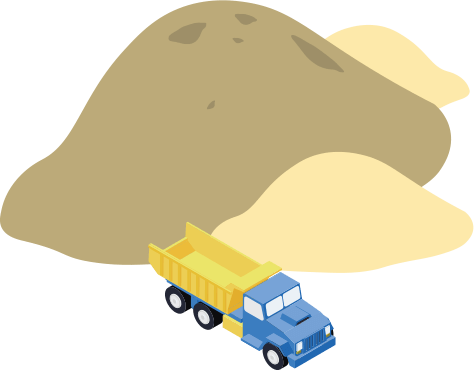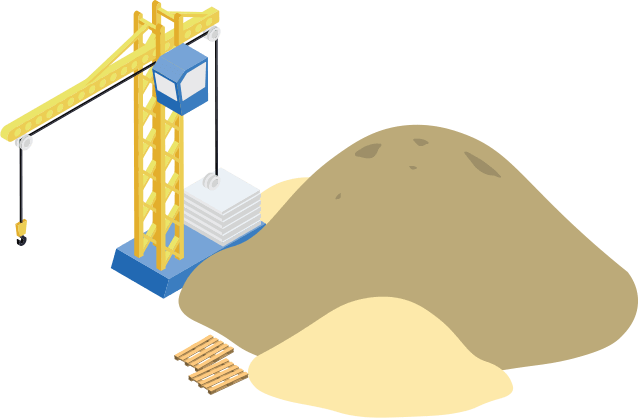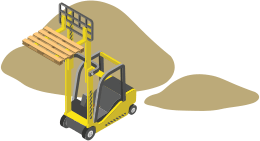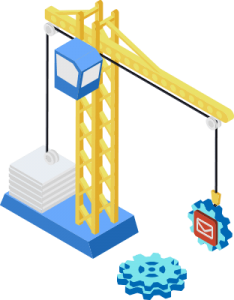Here at thirteen05 creative, we are in the business of marketing. A website in nearly every case is a marketing tool. It isn’t just a pretty face. Yes, a website has to look good and work right. That is so it can do its job.
The purpose of marketing is to create want and sell something. A website needs to look good and work right so it can create want and sell something.
To understand how a website does that means understanding the subject of demand and the three levels of demand one may be dealing with in trying to market and sell something. Of course, this applies just as well to any marketing item – whether a brochure, billboard, TV ad or trade show display, etc.
Things sell because there is a demand for them. People need and or want them. Even if it is just a passing fancy while going through the checkout line at Office Depot, it is a demand (I love those bargain bins).
Demand has to be strong enough to match the cost of the item. An individual doesn’t have to have much of a demand for a $5 item. They look at it, go “yeah!” and add it to their shopping cart. The same thing happens online.
It’s different if that person is buying a new car, unless their net worth is somewhere north of $50,000,000, in which case the cost of a new high-end Mercedes is what is known colloquially as “chump change.”
If someone thinks an item is too expensive what they are really saying is they don’t want it badly enough. The job of marketing and sales is to increase their desire or their recognition of their necessity to a point where, in their eyes, it is no longer too expensive.
The Problems with Demand
There is another dimension to all this. There are, you might say, three flavors of demand problems a marketing person may be faced with:
- Creating a demand
- Increasing a demand
- Fulfilling a demand
These present very different marketing problems. If you are looking at what is called a mature market, everyone already knows about the product, all you have to do is fulfill the demand. At that point, the product has become a commodity. Marketing becomes primarily a matter of reach (how many people can you make aware that you are selling the item) and price. Desktop computers are in this category. Hardly anyone cares if they are buying an HP, Dell or some other brand.
At the completely opposite end of the spectrum is creating a demand. This is what has come to be known in the tech world as “disruption”, products or services which change the game, render old products and services obsolete and create whole new markets.
You may think that creating a demand is primarily about coming up with an idea so new and innovative that catches people’s imagination and makes them feel that they just have to have it. This may be true. It isn’t necessarily the case.
Sure, if you are going to create a demand you need something that is going to have value in people’s minds. But brilliant marketing that goes viral – people spread it one to another – makes all the difference.
Steve Jobs notoriously refused to ever do a survey. He was focused with coming up with product ideas so new people didn’t have a clue it would be something they would want. Pair that with genius marketing such as the “Think Different” campaign and its famous “Crazy Ones” commercial – now you are creating a demand.
It is a much harder job than fulfilling a demand or even increasing a demand.
Products in a new category when first developed tend to start out with “Create Demand” and by the time they’ve been around a long time, it is about “Fulfilling Demand.”
The main point is to realize where in this cycle YOUR products or services fit, and to handle the marketing of it appropriately.









